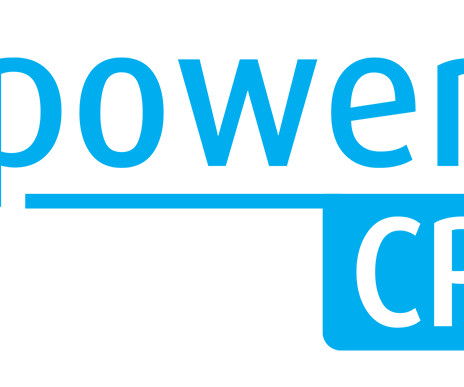How to build a successful procurement strategy
IBM Supply Chain Blog
DECEMBER 13, 2023
A procurement strategy allows an organization to navigate an increasingly complex global supply chain, adapt swiftly to market fluctuations, and achieve cost optimization, operational efficiency and growth. Engage stakeholders Identify and collaborate with internal departments, suppliers and all those who may be impacted by the plan.












Let's personalize your content